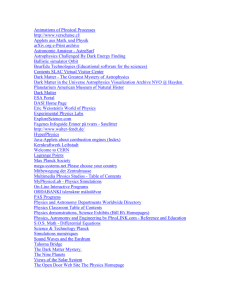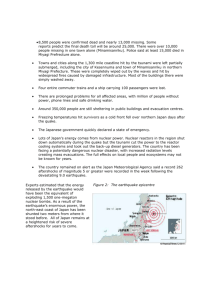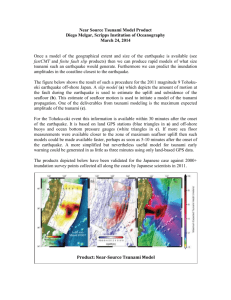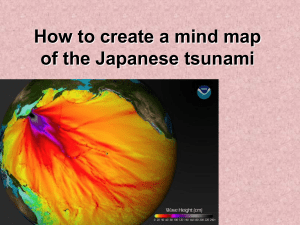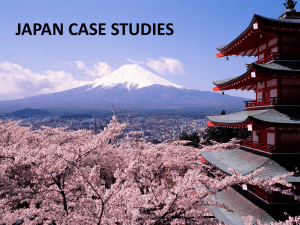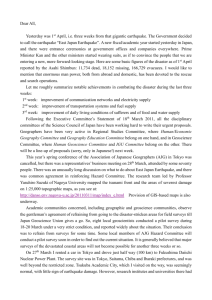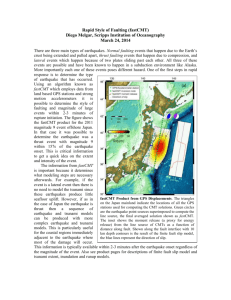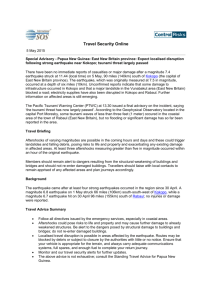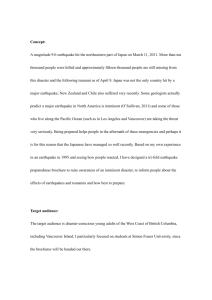Group 1: Tectonic Summary
advertisement
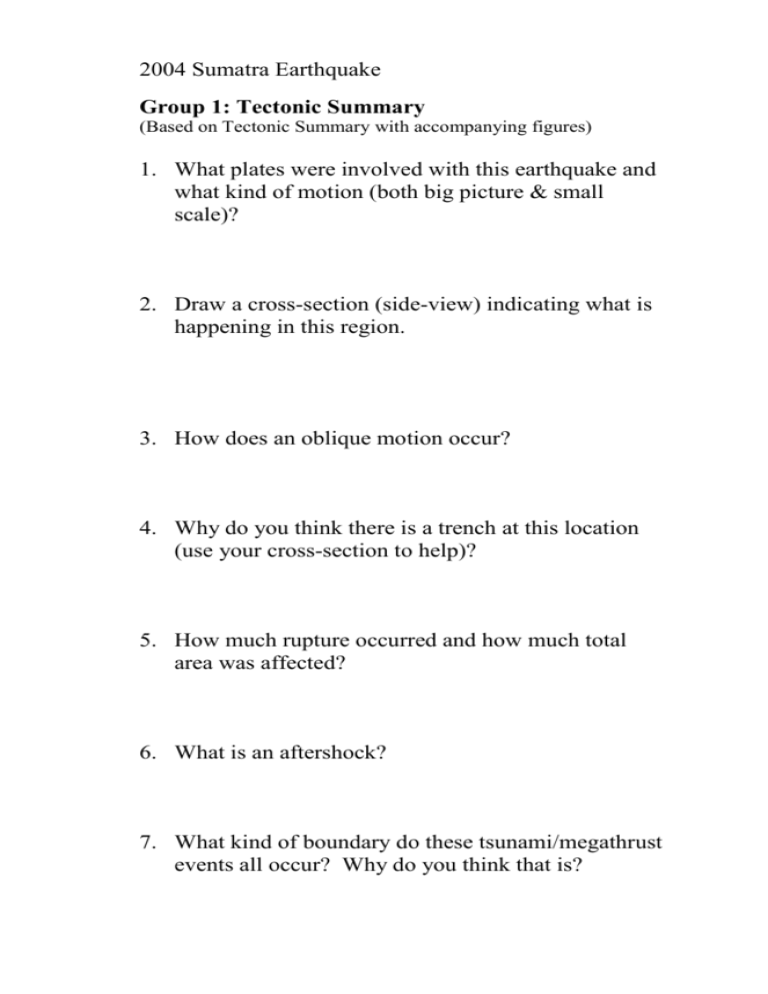
2004 Sumatra Earthquake Group 1: Tectonic Summary (Based on Tectonic Summary with accompanying figures) 1. What plates were involved with this earthquake and what kind of motion (both big picture & small scale)? 2. Draw a cross-section (side-view) indicating what is happening in this region. 3. How does an oblique motion occur? 4. Why do you think there is a trench at this location (use your cross-section to help)? 5. How much rupture occurred and how much total area was affected? 6. What is an aftershock? 7. What kind of boundary do these tsunami/megathrust events all occur? Why do you think that is? 2004 Sumatra Earthquake Group 2: Damage (Based on Damage & Casualties and Before & After Aerial Photos of Damage) 1. How many people died during this event? What was the largest cause of death? 2. Who was at the greatest risk for death and why? 3. Which countries were most affected and why? Which countries were affected the least, why? 4. How did human activities before the earthquake help lead to greater destruction? 5. What were some of the environmental impacts from this event? 6. Which do you think will have the largest and longest lasting effect? Why? 2004 Sumatra Earthquake Group 3: Tsunami (Based on Pacific Tsunami Museum overview, eyewitness account, and Tsunami Maps) 1. What caused the tsunami? 2. Why was it so devastating? 3. How did the survivor account describe the tsunami? 4. Was there just one wave? How many waves eventually struck the resort? 5. Describe some of the events that illustrate the power of water. 6. Based on the travel map, how long did it take for the tsunami to reach the Maldives (the island described by the eyewitness)? 7. Why do you think it took less time for the tsunami to reach points in the Indian Ocean that were further in distance than areas in the Pacific Ocean? 8. What was the maximum hgith of the wave in meters? If 1 meter = 3.25feet, how tall was the wave in feet? 2004 Sumatra Earthquake Group 4: Geologic Overview (Based on Earthquake summary and Geologic Maps of Region) 1. What was the magnitude of the earthquake? With such a large magnitude, why do you think there were not larger intensity values? 2. What was the largest intensity value reported? Describe what that would feel like. 3. At what type of boundary do these large events all occur? 4. What is the tectonic setting of this area? What was the boundary motion that generated the major earthquake? 5. Where were most of the historical earthquakes in this region (near or far from the epicenter of this event)? What does that tell you about stress build up and release in relationship to magnitude? 6. What does depth of an earthquake tell you about the type of boundary? Draw a cross-section (side view) indicating how this is possible. 7. Seismic hazard potential is based on the peak ground acceleration (pga), the higher the pga, the greater the risk. Based on this, determine high and low risks for future earthquakes and create a map (using the provided tracing paper) to indicate high, medium and low risk areas.
